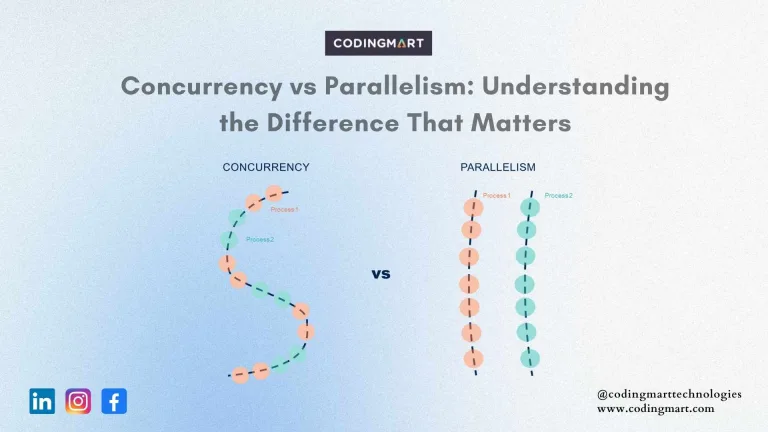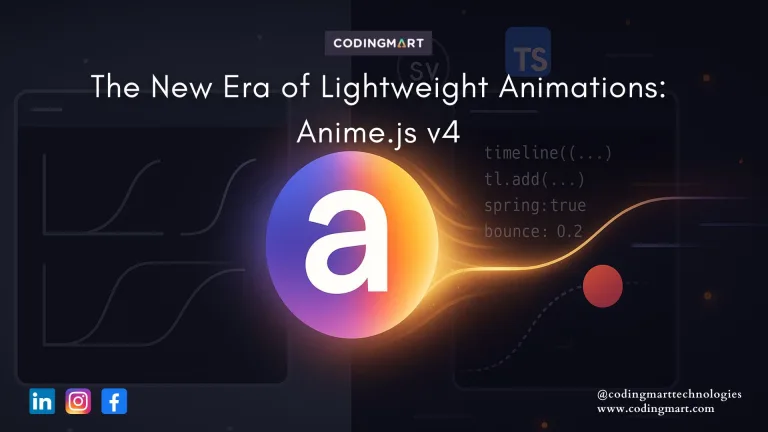blogs
Top 5 Tech Stacks for Web Development Simplified

Software development trends are ever-changing. They do not stay the same for a prolonged time with the increasing number of new devices
With different screen sizes, software and hardware specifications, new programming languages, libraries, frameworks and tech stack are evolving rapidly. Under these circumstances, it is essential to be updated on the most popular technologies trends and development standards that currently reign market.
Let’s have a look at 5 of the most important stacks for web development.
MEAN STACK:
MEAN is a JavaScript software stack for building dynamic websites and web applications. MEAN stack includes a combination of MongoDB, Express.JS, AngularJS and Node.JS. The applications created with the help of the MEAN stack are best suited for cloud hosting as they are scalable, flexible and extensible. Moreover, this stack can be easily deployed as it includes its own web server.
MEAN applications can be written in a single language for both client-side and server-side environments. The chief functions of the MEAN stack technologies are:
- MongoDB: Stores and retrieves data.
- Express JS: Makes requests to Database and returns a response
- Angular JS: Accepts requests and display results to end-user
- NodeJS: Handles Client and Server Requests
Key Points:
- Reusable code
- Free and open source
- Powered by Javascript
LAMP STACK:
LAMP stack stands for a combined tech stack that includes Linux, Apache, MySQL, and PHP. LAMP stack is known for its efficiency when handling dynamic pages wherein the content changes every time it is loaded. Being open-source and nonproprietary, LAMP lets us choose components based on our business requirements.
LAMP stack has become popular as it is sufficient to host a wide variety of website frameworks, such as Joomla, WordPress, and Drupal. LAMP stack’s equivalent in Windows is called WAMP and its equivalent in MacOS is called MAMP.
Key Points:
- First open-source software stacks
- Most common and widely used
- Simplicity
- Stability
MEVN STACK:
MEVN stack is similar to that of MEAN stack except that the Angular.JS framework is replaced by Vue.JS as a front-end framework. MEVN stack includes MongoDB, Express.JS, Vue.JS, and Node.JS. Vue.JS combines the features of reacting and angular with an aim to provide great performance and a rich set of tools.
MEVN stack is famous among freshers as Vue.JS is faster and easy to learn. The only downside is that it doesn’t have superior community support as it is relatively new.
Key Points:
- Isn’t storage or processor hungry(Light-weight)
- Vue lacks plug-ins
MERN STACK
MERN Stack is very much similar to MEAN and MEVN Stacks except that the Angular.JS and Vue.JS are replaced by React.js. React is one of the most popular frameworks to create high-end dynamic single-page applications with excellent UIs. React also has tremendous job opportunities.
The MERN allows us to easily construct a 3-tier architecture (frontend, backend, database) entirely using JavaScript and JSON. It is ideally suited for cases that are JSON-dependent, cloud-native, and that have dynamic web interfaces. A few examples include: – Workflow management, Todo apps, and Calendars, Interactive forums.
Key Points:
React JSX allows us to write HTML in React.
- Uses Virtual DOM
SERVERLESS STACK
The serverless stack comprises cloud components. Serverless computing (or serverless for short), is an execution model where the cloud service providers (Azure, AWS, or Google Cloud) are responsible for executing a piece of code by dynamically allocating the resources.
Serverless computing provides pay per use facility, making it more economical and easy to upscale or downscale. Serverless computing is being used by a lot of companies for their applications and hence it has opened up the doors for numerous opportunities. Azure, AWS are some of the notable serverless stack providers.
Key Points:
- Highly Flexible
- Extensively used for large-scale deployments.


